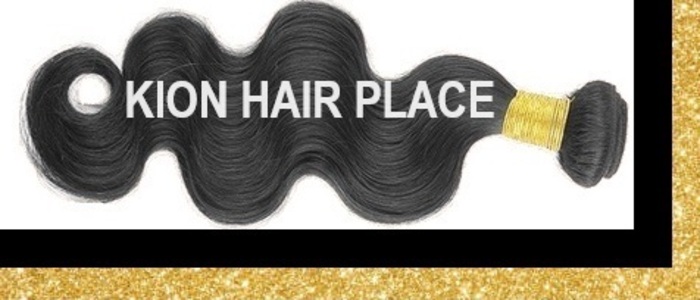Uncategorized
India provides 80% of the world’s hair export market.
At a workshop in Chennai, the capital of the Southern Indian state of Tamil Nadu, workers are combing human hair day after day. They place a bundle of women’s hair on a metal brush that looks like a flower frog and begin to untangle it. Then, bundles of combed hair are skillfully sewn together to make a hair extension. After being shampooed and rinsed several times, these extensions are ready to be shipped out.
Every day a worker at a factory in Chennai in southern India untangles women’s hair in preparation to make hair extensions.
The company, Nandalala Enterprises, exports 4 tons of hair extensions annually to over 10 countries. African women often use such products to mimic a long hair style. A woman’s hair weighs about 200 grams on average, according to the company head who goes by the name of K. Sreeja, meaning that hair from about 20,000 people is exported from this factory every year.
India is by far the world’s largest supplier of human hair, excluding wigs, accounting for 80% of the market. According to the United Nations, it exports at least 1,300 tons annually. With over 200 producers, Chennai has been the center of hair extension production for half a century.
At Periyapalayam Temple outside Chennai, India, a woman has her head shaved, making an offering of her hair.
But where does the hair come from?
Sreeja’s company uses hair supplied by three Hindu temples. The people of Tamil Nadu, the Tamils, pray at temples and wish for a good house to be built or a healthy baby to be born. Once their wishes are realized, all of the family members come back to the temple and shave their heads to thank the god, Sreeja explained.
Primary dealers then buy women’s hair from these temples at a discount and sell it to industrialists like Sreeja, who then process it and export the extensions overseas.
“In Namibia, Indian hair has a good reputation for having high quality,” said Sandra Abel, one of Sreeja’s customers who runs two beauty salons in Windhoek, the capital. In Namibia, an Indian-made hair extension sells for $150 per 100 grams while a Chinese one sells for $30. “Chinese hair is jumbled and spoiled after only one wash, but Indian hair can be used for at least two years,” she said.
Written by YUJI KURONUMA,
For Nikkei.com
December 27, 2015
